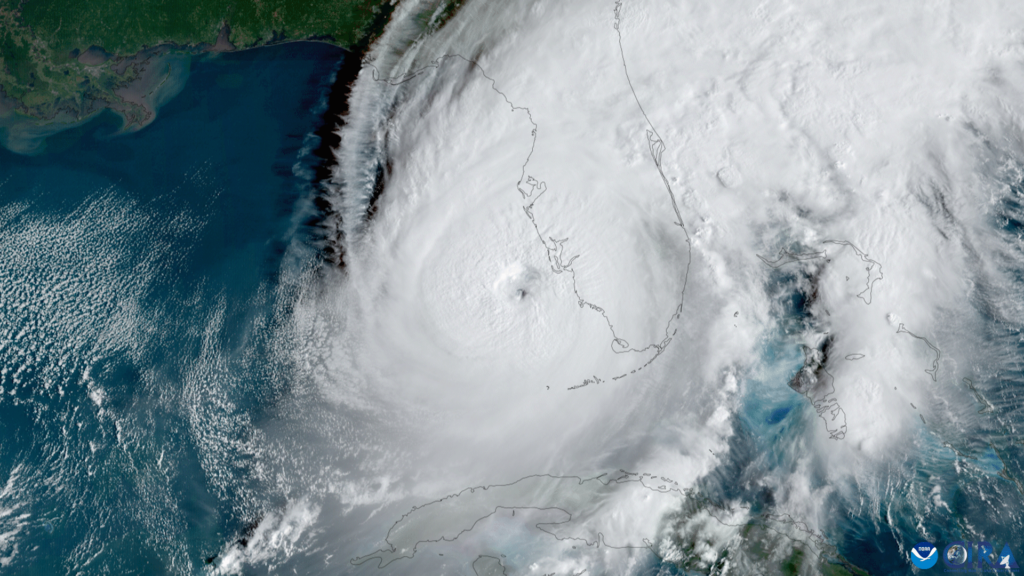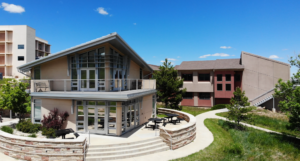
The National Ocean and Atmospheric Administration has renewed its longstanding partnership with Colorado State University through a new $308 million grant over five years to support research and forecasting of the Earth’s weather and climate systems.
The funding supports the ongoing operation of the Cooperative Institute for Research in the Atmosphere, or CIRA, at CSU. Created in 1980, CIRA is a collaboration between NOAA and the university’s Department of Atmospheric Science in the Walter Scott, Jr. College of Engineering.
CIRA is one of NOAA’s 16 cooperative institutes across the nation. It serves as a nexus for multi-disciplinary research between NOAA scientists and Colorado State University research staff, faculty and students along themes that match both federal priorities and the long-standing academic strengths of the university. The renewed partnership continues to position CSU as one of the top atmospheric programs in the country, with a shared research portfolio in key areas such as: satellite remote sensing, tropical storm research, carbon cycle and numerical model studies, fire weather forecasting and detection, and development of artificial intelligence tools.
“This award ensures that a strong, nearly half-century research partnership between CSU and NOAA continues without skipping a beat – providing a connection between academic and applied research that makes a difference in our everyday lives,” said Steve Miller, CIRA director and a professor in the Department of Atmospheric Science.
CIRA researchers envision new ways to study and forecast the Earth’s weather and climate systems, and then turn those ideas into ready-to-use tools. Training meteorologists to use and understand these new tools is integral to CIRA’s work, as is developing outreach, education and professional development for outside agencies – particularly to benefit developing countries.
Academic research with a public impact

The impact of CIRA’s research is felt widely. Timely imagery of the Earth’s weather as observed from NOAA’s GOES satellites is used by the media, as well as meteorologists and forecasters, to alert the public on severe weather outbreaks, track hurricanes and support intensity measures used by the National Hurricane Center. The institute also helps with similar work by providing advanced modeling and imagery of wildland fires, as another example.
CIRA has a long history of successful research with Atmospheric Science at CSU, which is home to three current and retired members of the National Academy of Engineering.
“Atmospheric Science and CIRA have a symbiotic relationship in both atmospheric science research and education, and we look forward to strengthening this relationship over the next five years,” said Eric Maloney, professor and head of the Department of Atmospheric Science.
CIRA also partners with NASA, the National Park Service, the U.S. Department of Defense and the National Science Foundation, among others. Recent highlights of CIRA-involved research include:
-
A five-year, $7.5 million Department of Defense award to address meteorological challenges related to national security;
-
Participation on a team led by CSU University Distinguished Professor Sue van den Heever – the first woman to lead a NASA Earth Venture mission – to study convective updrafts and their relationship to extreme weather;
-
Contributing research to a fire weather testbed to more accurately study how wildfire grows and develops, how smoke and other emissions from fires spread, and how best to communicate fire information to the public.
“The Cooperative Institute program has been a game-changer for translating science to society,” said Miller. “This award sets the stage for CIRA’s direct influence on NOAA’s next generation forecast models and satellite observing systems – our scientists strive to connect the two in a way that maximizes their positive impact to society and national interests.”
About CIRA

CIRA researchers sit not only at the CSU main campus, but also at the Global Systems Laboratory in Boulder, Colorado, at the Aviation Weather Center in Kansas City, Missouri, and at NOAA locations in Silver Spring and College Park, Maryland. NOAA federal researchers are also embedded at CIRA locations as part of the partnership with the government. Scientists with ties to CSU and CIRA occupy positions at all levels within NOAA, as faculty at other prestigious institutes, and in industry.
CIRA hosts five graduate students in the Department of Atmospheric Science, and other departmental students often find work at CIRA after graduation, or employ CIRA research in their graduate studies, further spreading CIRA’s reach into the field.